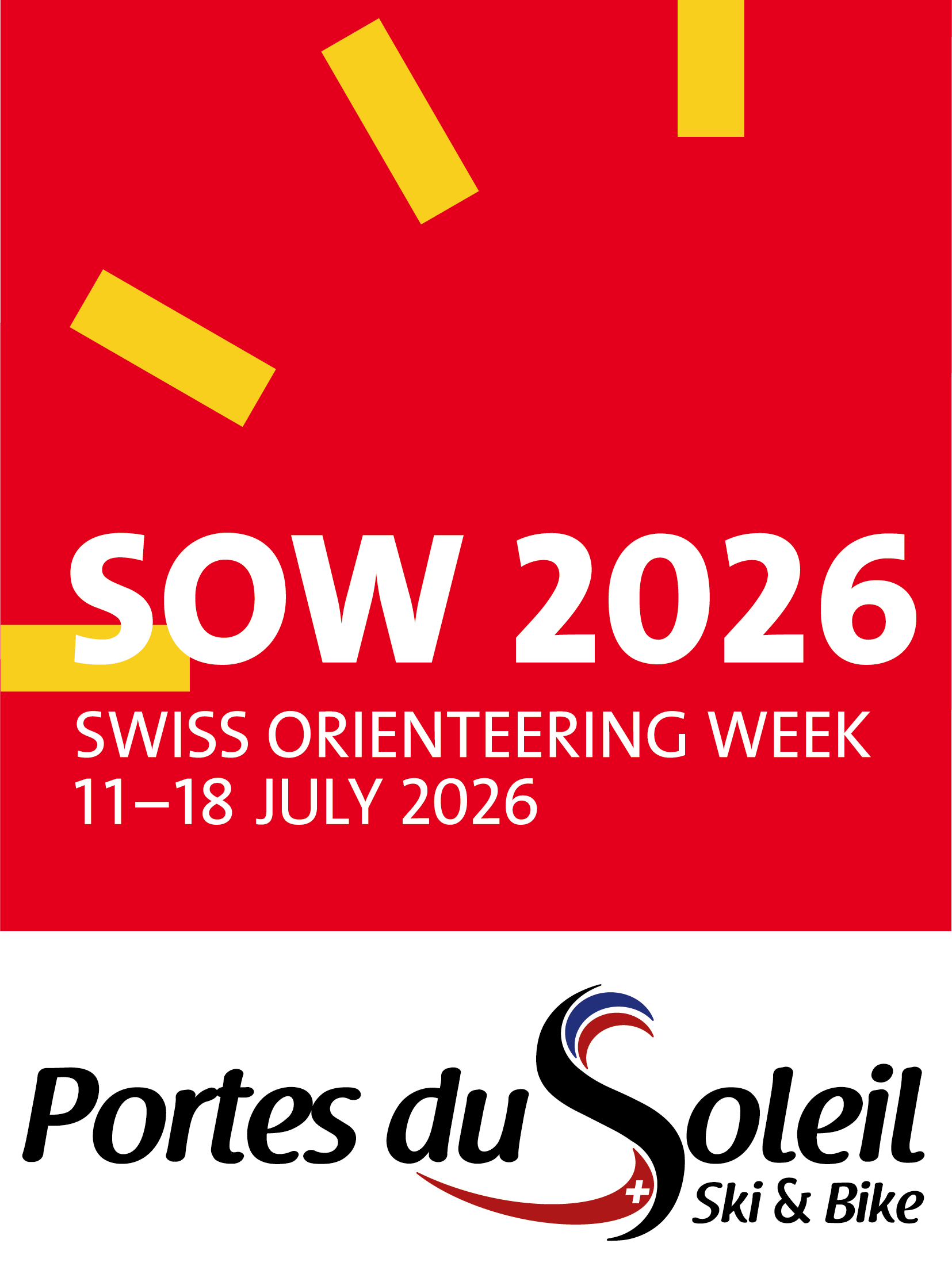23.07.2021 - The tricky stage
Orienteering today and a look back
During the Swiss O Week 2021, all participants can rely on comprehensive information. With daily use, however, one tends to forget that countless working hours were necessary to prepare these documents.
Such as the programme book: it guides like a red thread through the entire O-week and simplifies to find the way around. Since many contributions were drafted, edited and repeatedly adapted by different authors, the final editorial work often required patience as well as diligence. After all, not only have lists, tables and general information to be correct, equally important was the accurate translation and a pleasing appearance.
Precision was also crucial in cartography. To precisely map a square kilometre of terrain for the SOW, the time required was about 30 hours not included the drafting of the map afterwards. In other words, only a considerable previous amount of work enabled the orienteers to run their routes efficiently. At best, technical means such as drones will simplify manual labour in the future. At least now, flying cameras cannot think, feel or interpret the way humans do in creating orienteering maps with the appropriate finesse. Something that the “tricky” terrain today would not have forgiven.
SOW 2021 would not have been possible without updated maps and the needed information. If today’s stage should nevertheless be criticized, the experiences from an orienteering runner from 1954 should become “required reading”. After the stage on Monday, the energetic senior remembered the time when girls and young women were occasionally allowed to participate at orienteering events of the “military preliminary class”. Modestly dressed in Manchester skirts, scratchy woollen stockings, high boots, scout blouses with ties and belts all around. Orienteering was done on 25’000 scale military maps; if necessary, organizer procured official extracts from the land register. One ran in groups and at the controls which were manned by soldiers, different tasks had to be solved and the coordinates for the next control to be determined.
Only the timekeeping has survived to this day. It is done electronically, of course, instead of the mechanical stop watches or the seconds hand on the watch on the wrist. The “Heliomalt» power drink that used to be handed out at the finish is no longer available. However, cheerful, unforgettable memories of the early orienteering experiences for women in Switzerland remain.

























































